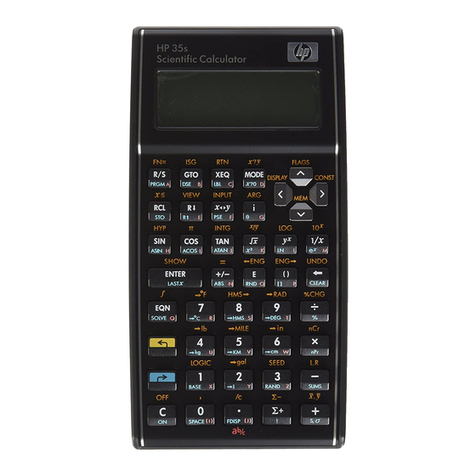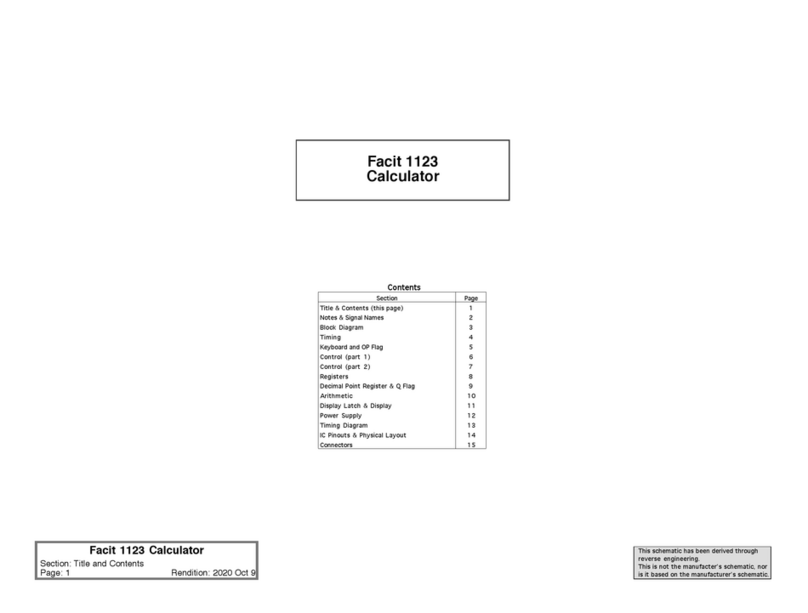IiL:rririier
The Product register
-:: .',:::::rr:t. subtrlctic;t :::r ::--:-:t----i-
.-.: ::.- .:; .qJr si:- :. , r: - . - - -
::-:j-: reqi.ter. Th:. r:ii::;r al;o
..-t., a.. ;cilt.tinde: .::: ::..-: .: -:.-.--
::-:.
The Setting r€gisrer
I.:rr 1'-1nlg131 deprcsscd b, t:..:,-:lln:
., . . i.rrrr r-di,rrclr .:.t r:. i:_ r -
..::-: : :.:l,tcr.
The Multiplier register
I.n .rdrli.riorr ,h, rrrL.lr iplicr r-r,-i\r(r
srrowi llrc r:-:: b.,r oI ilcn,: a.{d.d
to3ctlrrr'. lrr rrru'riplication rhu irrulri-
plicl appcer'. iir rhi. r.egi'rer.
In,divi,jorr rhu a.t)wcr (rhc rlur;rirrrrl
ls shown i1ere.
f bt tr'n,t, tntl .'o) -d iur thc Ir,rtr rulct
ol artiL.bt,tcti. .tti to bc i<rt,nd o,t
the inside real coLar.
Ciearing the registers
Each of the three reqisrers has its owl1 clearing lever. Rc-
member to clear all the r egisrers after each complered com-
putation. This is done in the following manner:
\\ ith your lclt hand
prcss dorvn the lcft
h.rnd clearing lever,
.1ncl with your rigl-rr
press the trvo clearing
lclcrs togcthcr against
c;.ch other.
ti






























